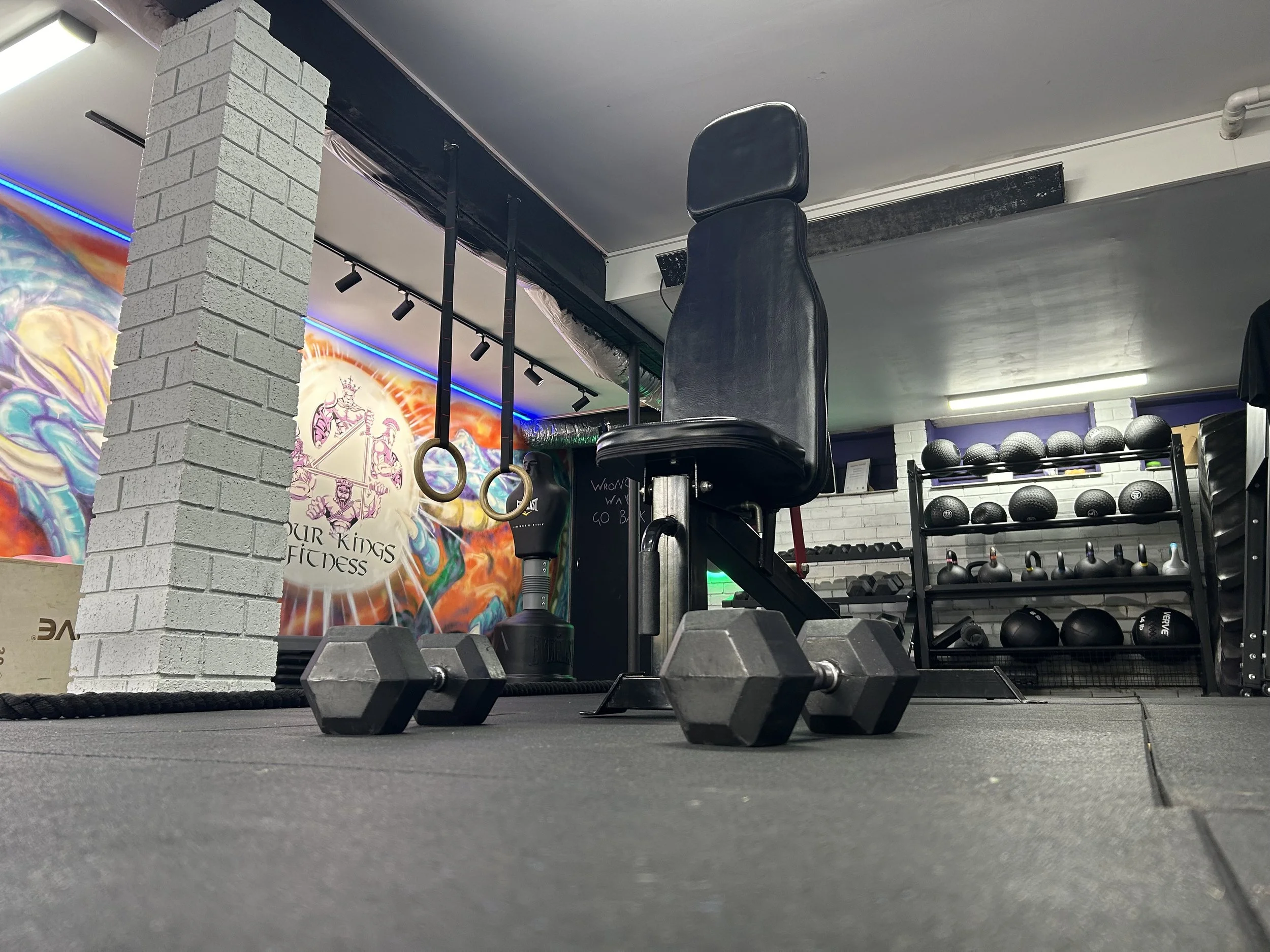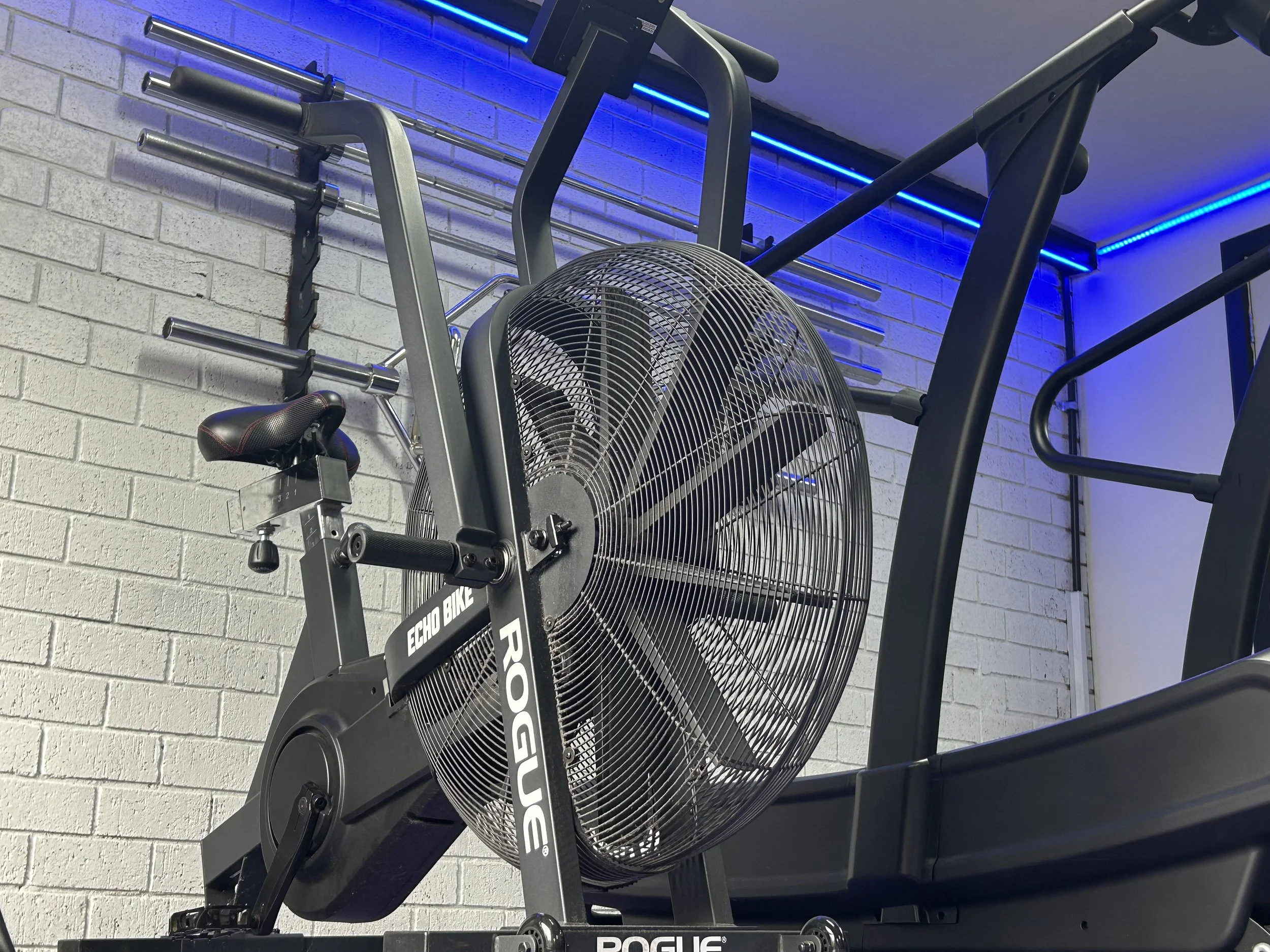Exercise Benefits
Exercise Benefits
What are the benefits ?
Maintenance of health and well-being
Increased energy levels
Reduced risk of disease
Increased physical work capacity
Increased cardio and respiratory efficiency
Change in metabolism
Delayed effects of ageing
Stress relief
Increased self esteem
Increased function of muscles, joints & tendons
Social interactions
Beneficial for depression & anxiety
Resistance Training
Resistance training, also called weight training or strength training, involves putting muscles against a resistance such as a weight – for example, a dumbbell or barbell – or other type of resistance to build the strength, anaerobic endurance, and/or size of skeletal muscles.
A well rounded program of physical activity includes strength training to improve joint function, bone density, muscle, tendon, and ligament strength in addition to aerobic exercise for improving heart and lung fitness.
Strength training aims to improve the efficiency of the muscular system by placing the muscles under a load, i.e. weight. Doing this forces the muscle to strengthen, thereby improving a person’s overall strength or ability to lift weight.
The benefits of strength training include:
Increase in muscle size
Increase in bone mineral density
Increase in ligament and tendon strength
Aiding in the correction of postural challenges
Decrease in the chance of osteoporosis
Slowing the effects of muscular atrophy
Improved rehabilitation of injuries
Cardiovascular Training
The most common type of exercise is cardiovascular exercise, also called aerobic exercise, which utilises oxygen and helps burn fat.
This type of exercise has consistently been shown in numerous studies to improve cardiovascular and respiratory health.
As a result, this type of exercise conditions the lungs to be able to use more oxygen while increasing the heart’s efficiency by decreasing heart rate.
Cardiovascular programming aims to improve the delivery and utilisation of oxygen.
Aerobic physical activity improves the heart, lungs, and vascular system. It is recommended that the most effective exercises for improving the cardiovascular system should employ large muscle groups in activities that exceed 20 minutes.
Some of the benefits of cardiovascular training include:
Increase in VO2 max
Decrease in resting heart rate
Increase in heart stroke volume
Decrease in blood pressure
Decrease in body fat
Improvement in cholesterol
More effective transport and use of oxygen
Improvement of glucose metabolism



